-
Car Reviews
- Car News
-
Car Comparisons
Latest comparisons
- Chasing Deals
Another year, another strange change in Audi’s naming conventions. At least the ‘former A4’, now A5 for this new generation, is better than ever
With the new A5, Audi introduces its plan to badge all electric models with an even number, while all combustion models will wear an odd number – until, at last, they’re the odd ones out.
In 1994, the Audi 80 became the A4. Is it so strange, then, that the A4 as we knew it is now the A5? A little, yeah.
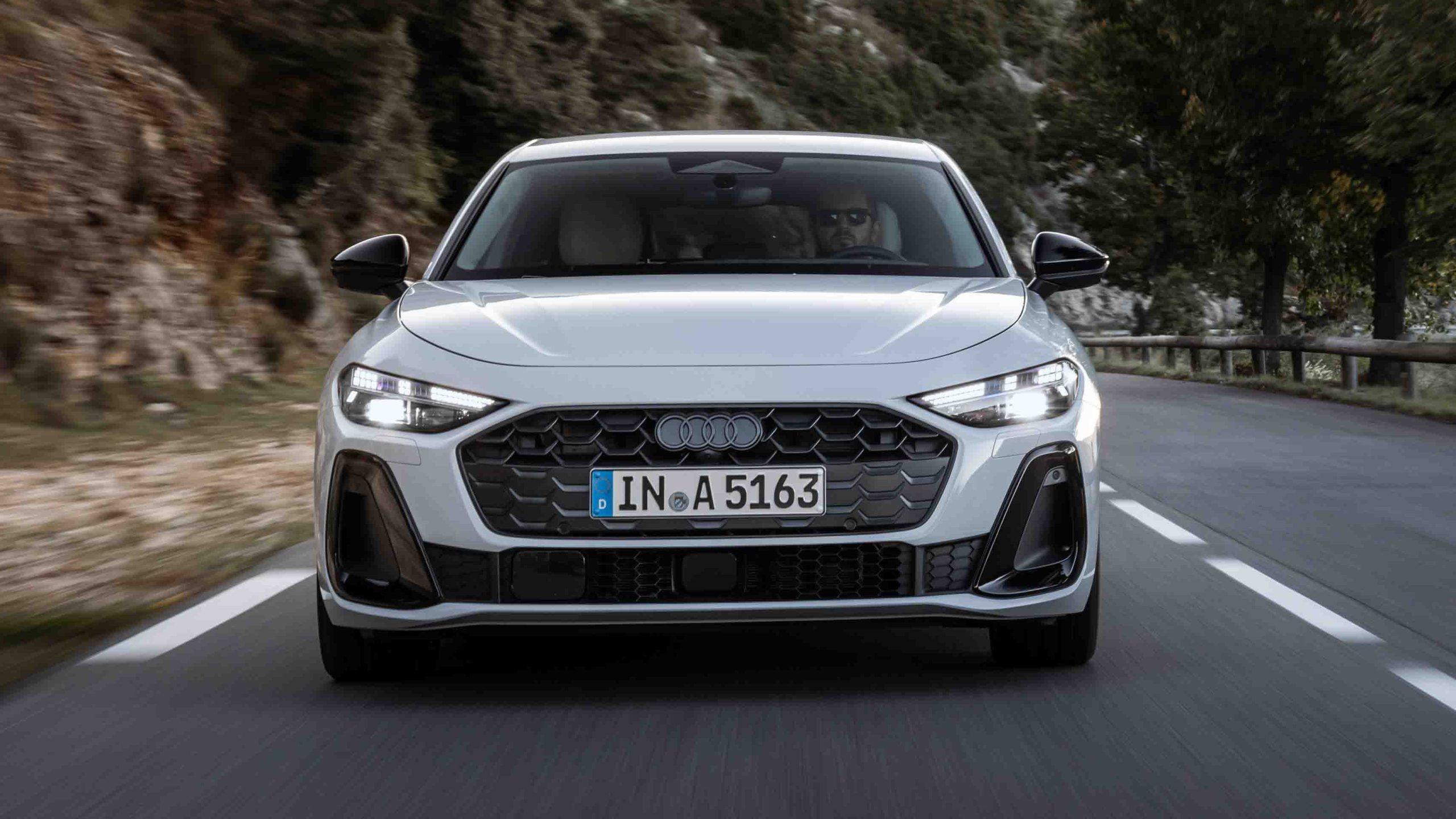
We’ve seen this already with the brand’s Q4, Q6 and Q8 E-Tron SUVs, while the new Q5 will carry on with petrol and hybrid options. Likewise, the entire A6 range due next year will be electric, as will the next A4 – yes, the badge will carry on – and you can bet the next A8 will be electric too.
Check out our preview of Audi’s 2025 Australian model rollout here.
And so we have the new ‘B10’ A5 in petrol, mild-hybrid, and plug-in hybrid forms. In size, the new A5 Sedan sits closer to the 2018 C8 A6, the newcomer is just 100mm shorter in overall length (4829mm), 24mm shorter in wheelbase (2900mm) and 26mm narrower in body width (1860mm).
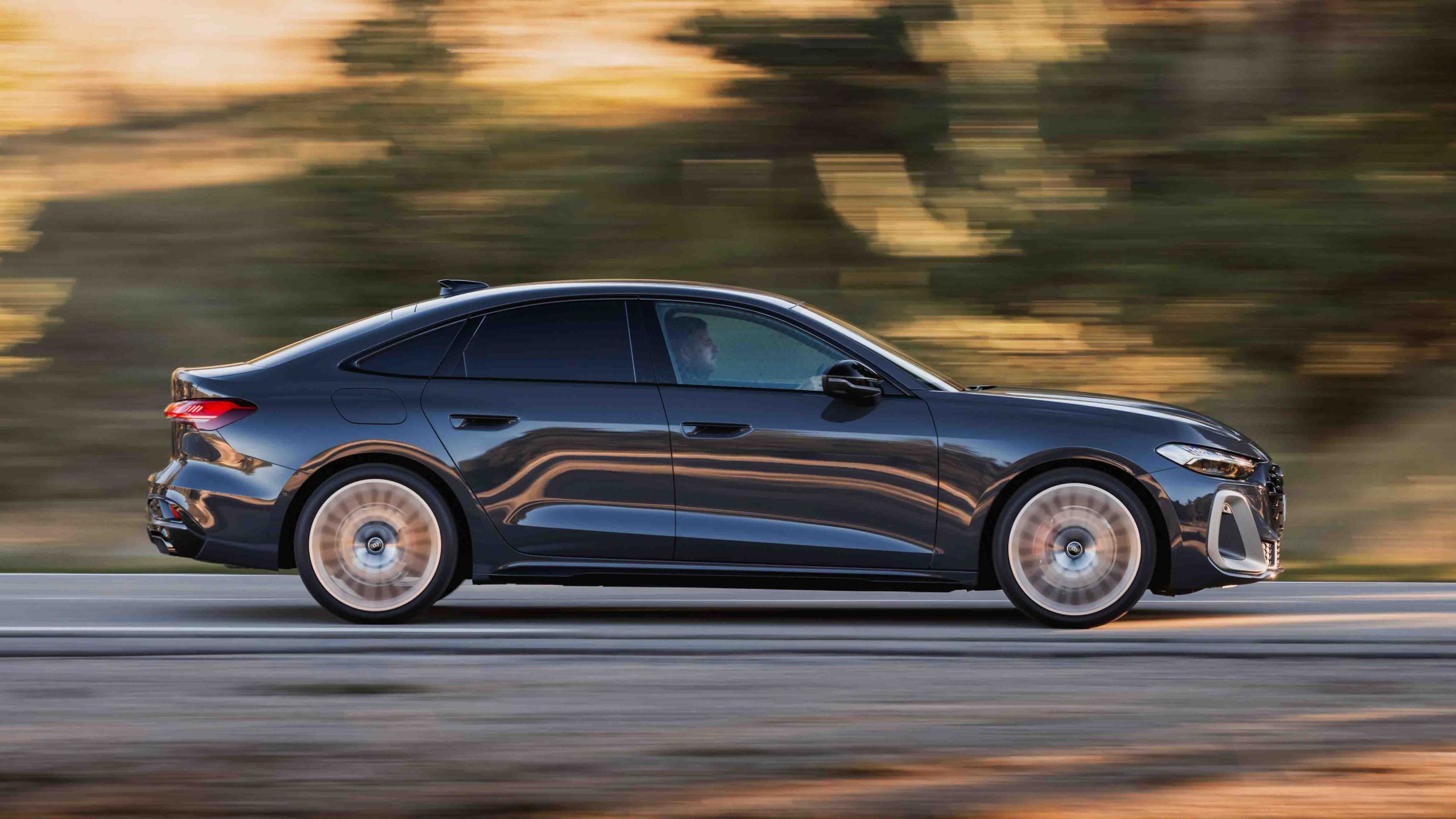
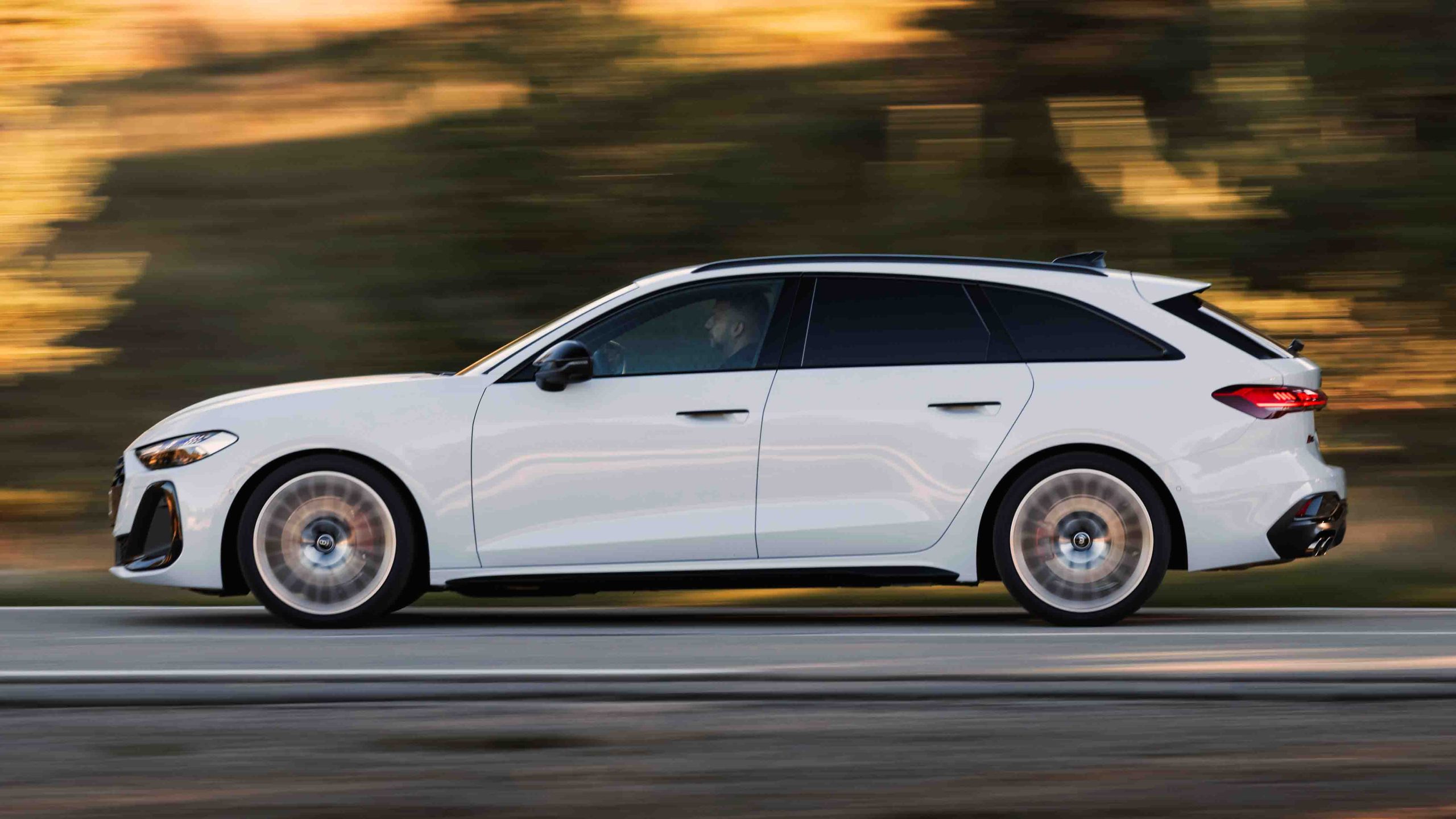
With its growth, the new model is more competitive in interior space against the current Mercedes-Benz W206 C-Class and BMW G20 3 Series. Indeed, it comfortably shades both.
Like the B9, the B10 A5 is offered in Sedan and Avant wagon form only, which means the two-door A5 is no more – but the A5 Sportback at least lives on, spiritually, in the new A4 Sedan’s liftback rear.
Inside, the new A5 boasts the same E3 electrical architecture that debuted with the Q6 E-Tron, enabling faster processing across the 11.9-inch driver display, 14.5-inch main screen and optional 10.9-inch passenger display.
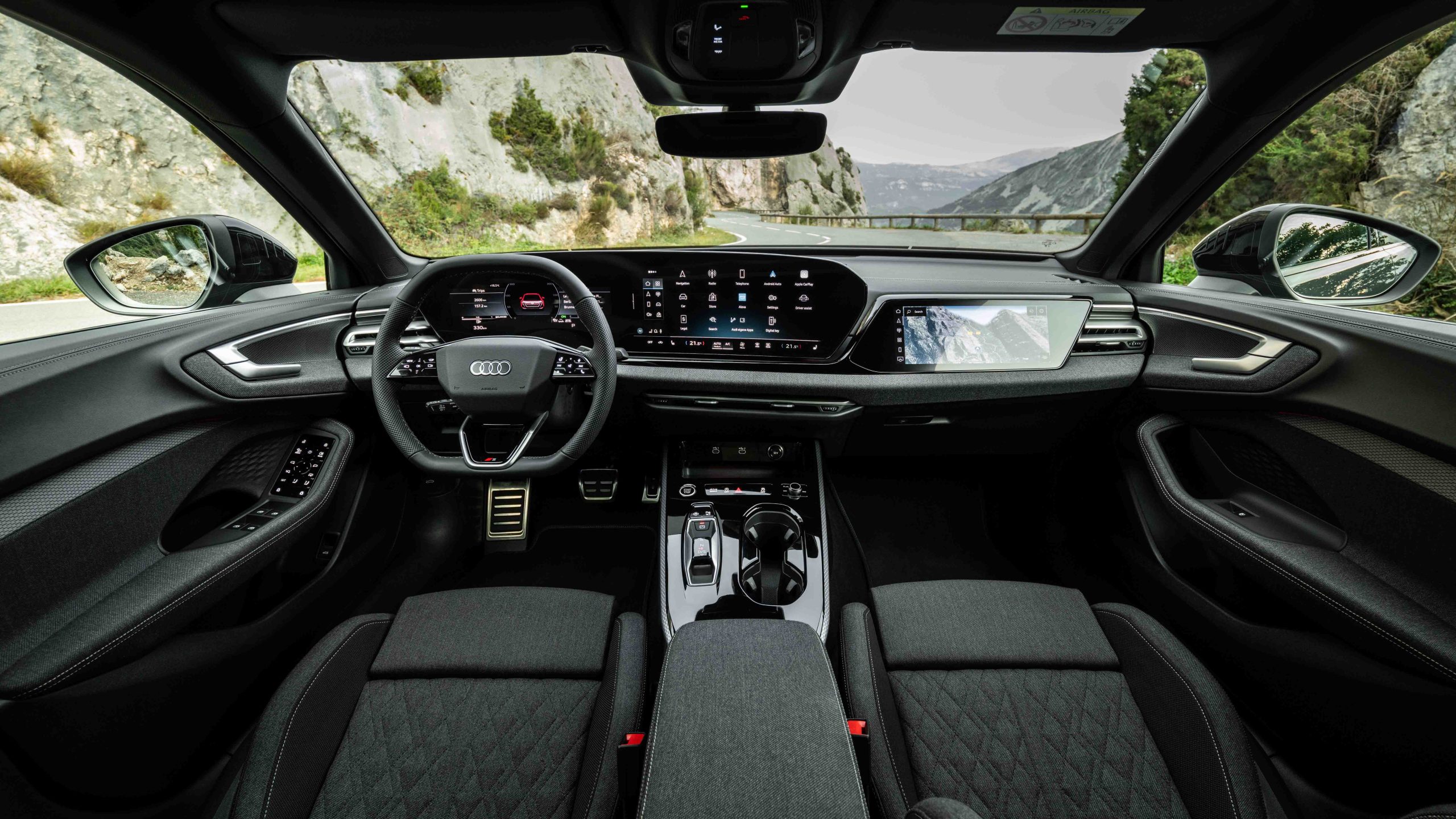
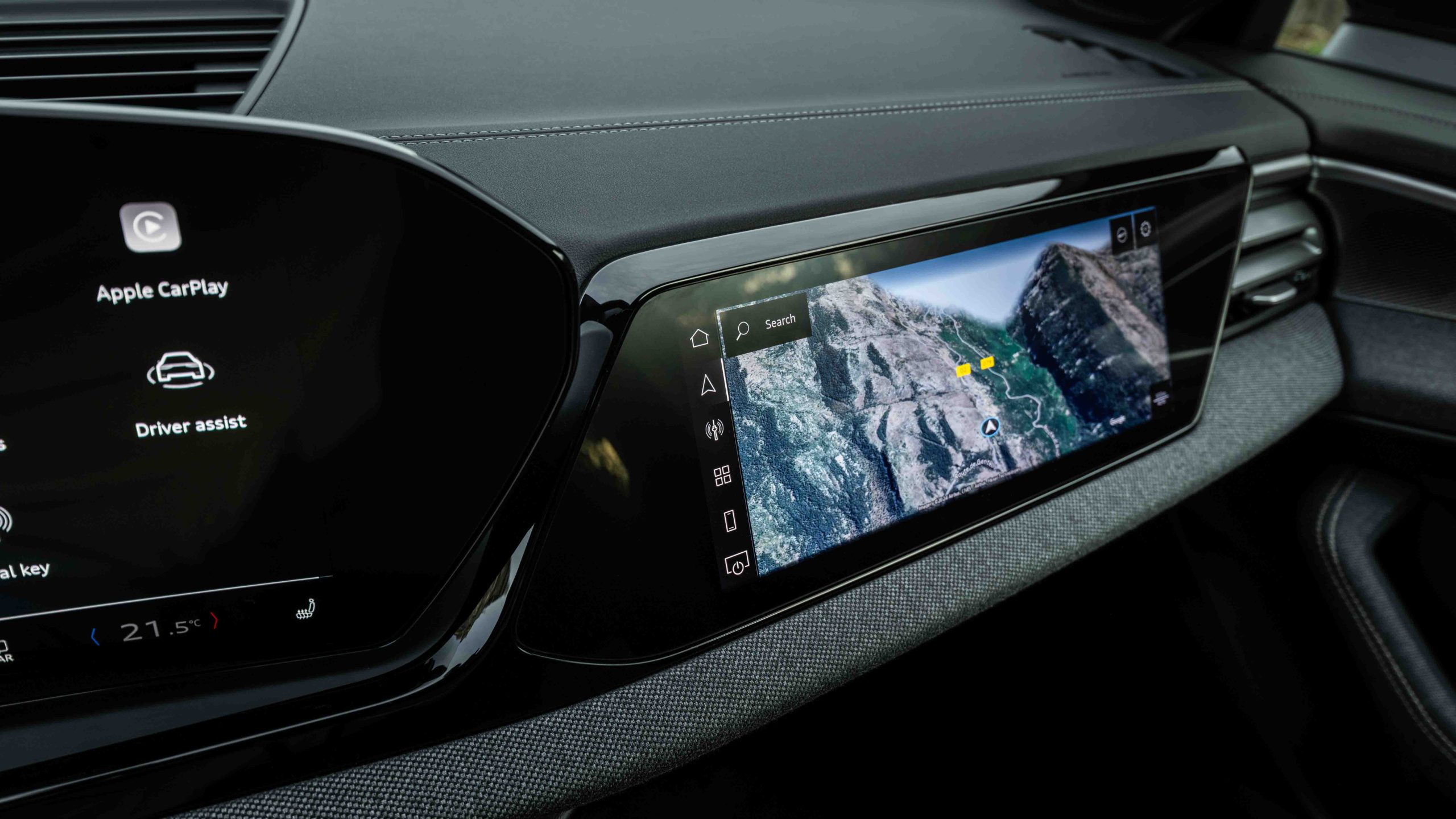
ChatGPT is also on-board to help with voice assistance, again making the most of the advanced processing power. Based on our limited testing, this might be the first in-car voice assistant you’ll actually want to use – if you don’t simply stick with Apple Carplay or Android Auto and their own integrated chatbots.
Audi’s tradition of quality materials is also on show here, and while the brand talks up its ‘Softwrap’ door-to-door trim, it’s the soft but clearly hard-wearing fabric trim of our tester’s seats that really impresses.
We can easily imagine choosing this over any leather pack – the genuine stuff or otherwise.
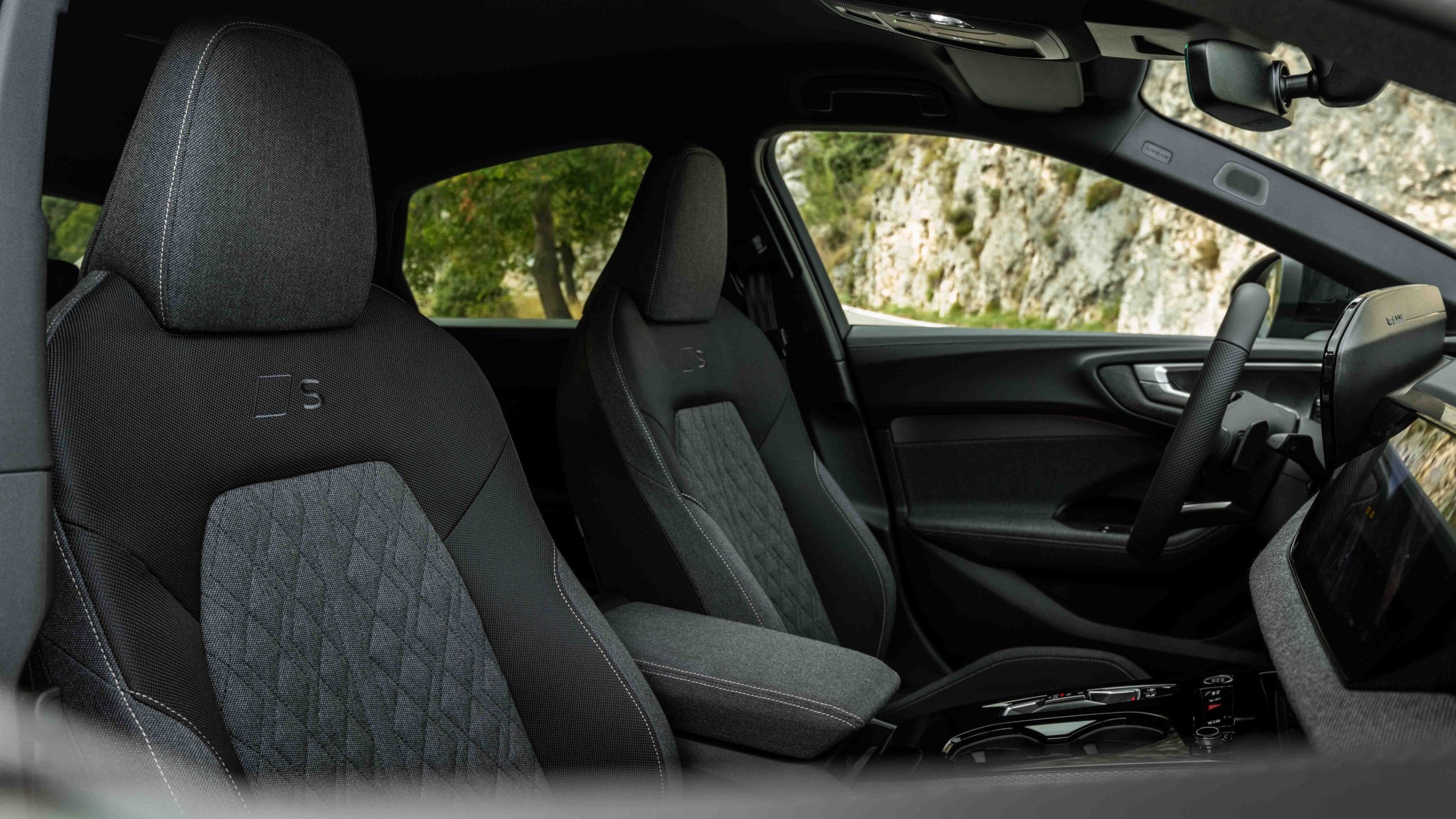
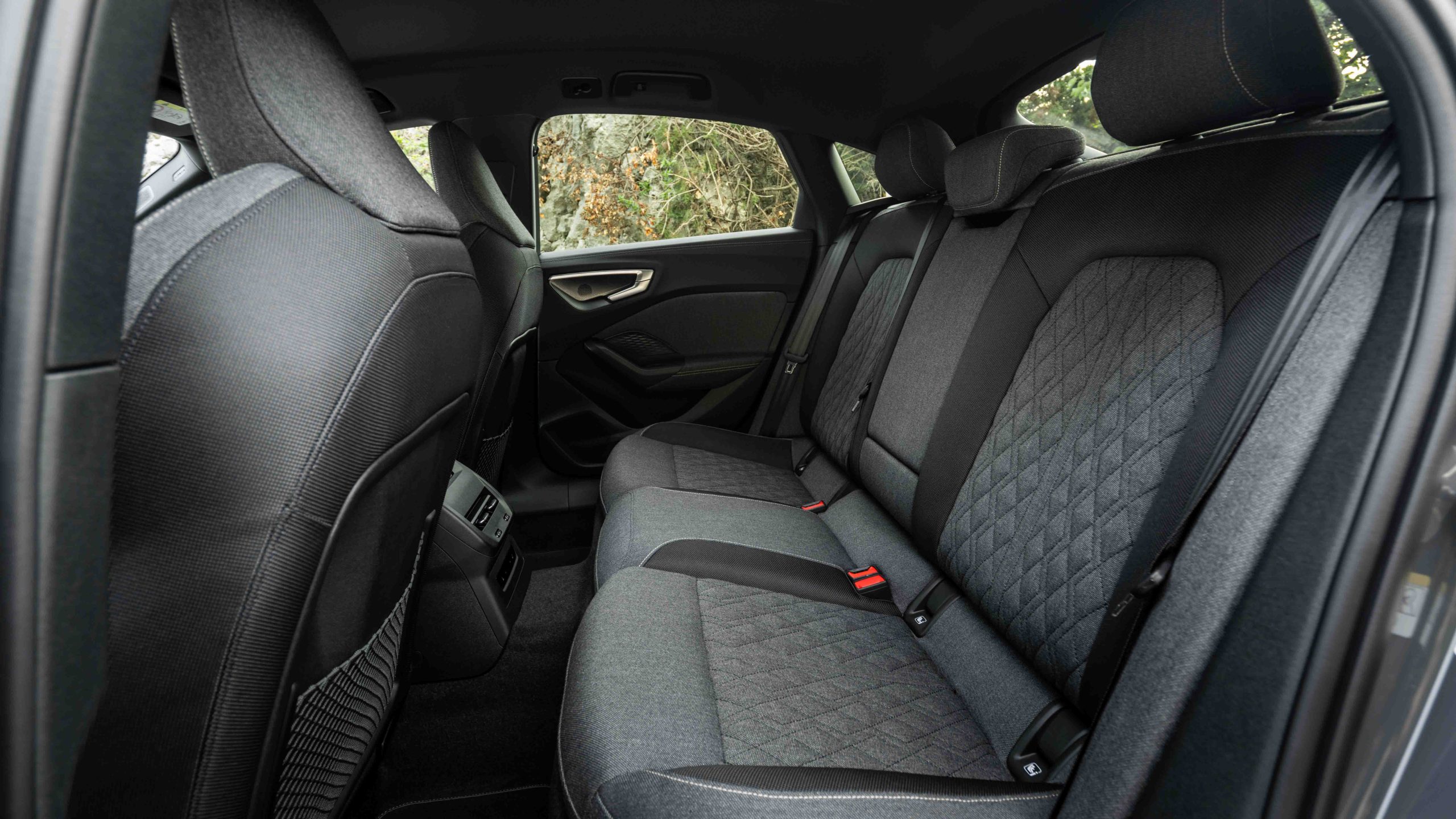
No surprises, space in the cabin is well improved here, thanks to the A5’s overall greater dimensions. The longer wheelbase in particular has done big things for rear legroom, although some of this improvement comes from a loss in boot space.
Seats up, there’s 445 litres in the sedan and 476L in the Avant, compared to 480L and 495L in the outgoing A4 models.
Drop the seats, however, and it’s a little more mixed: In the sedan, now a more open liftback design, there’s 1299 litres (up from 965L) while the Avant shrinks from 1495L previously to 1424L in the new model.
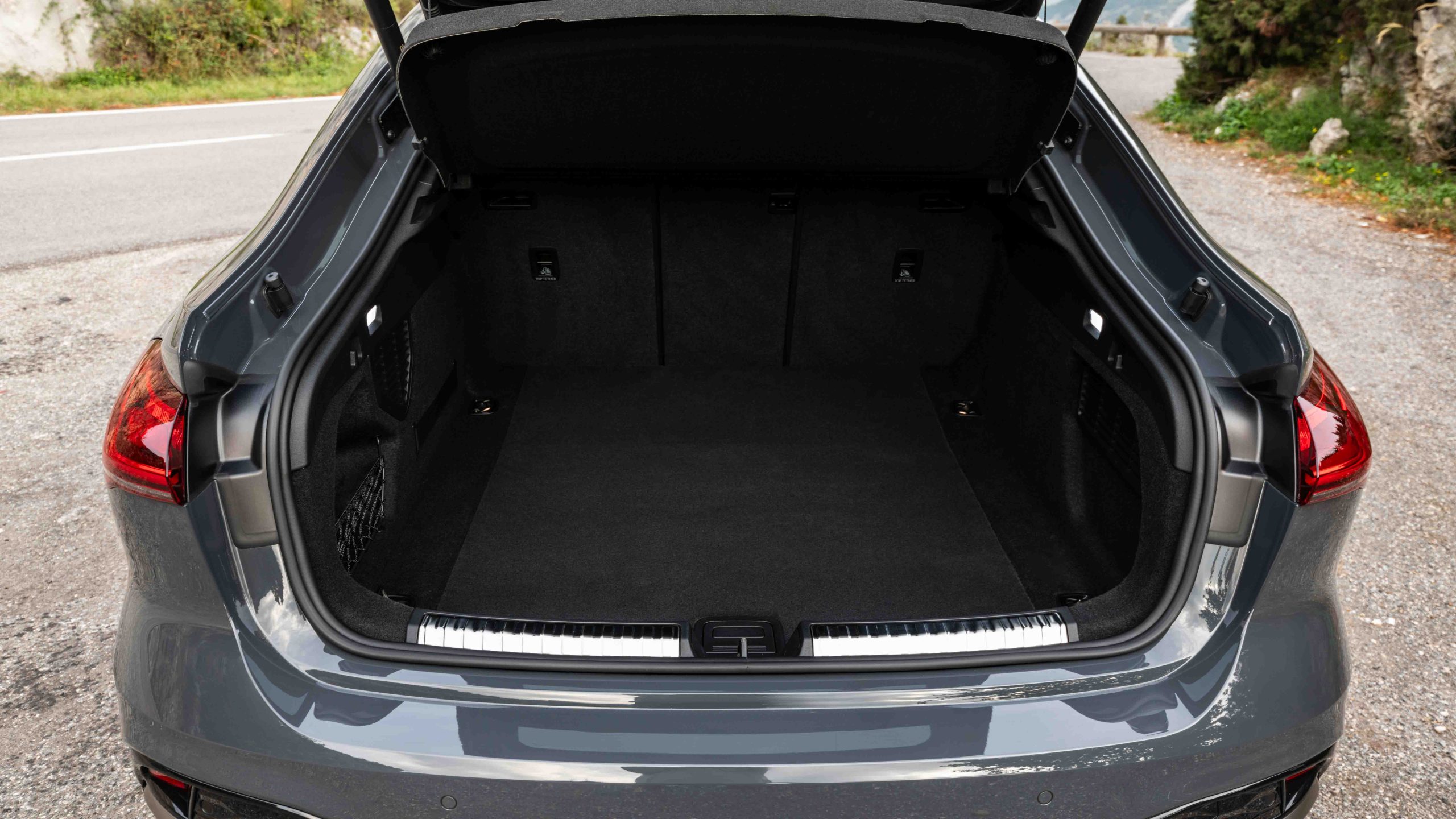
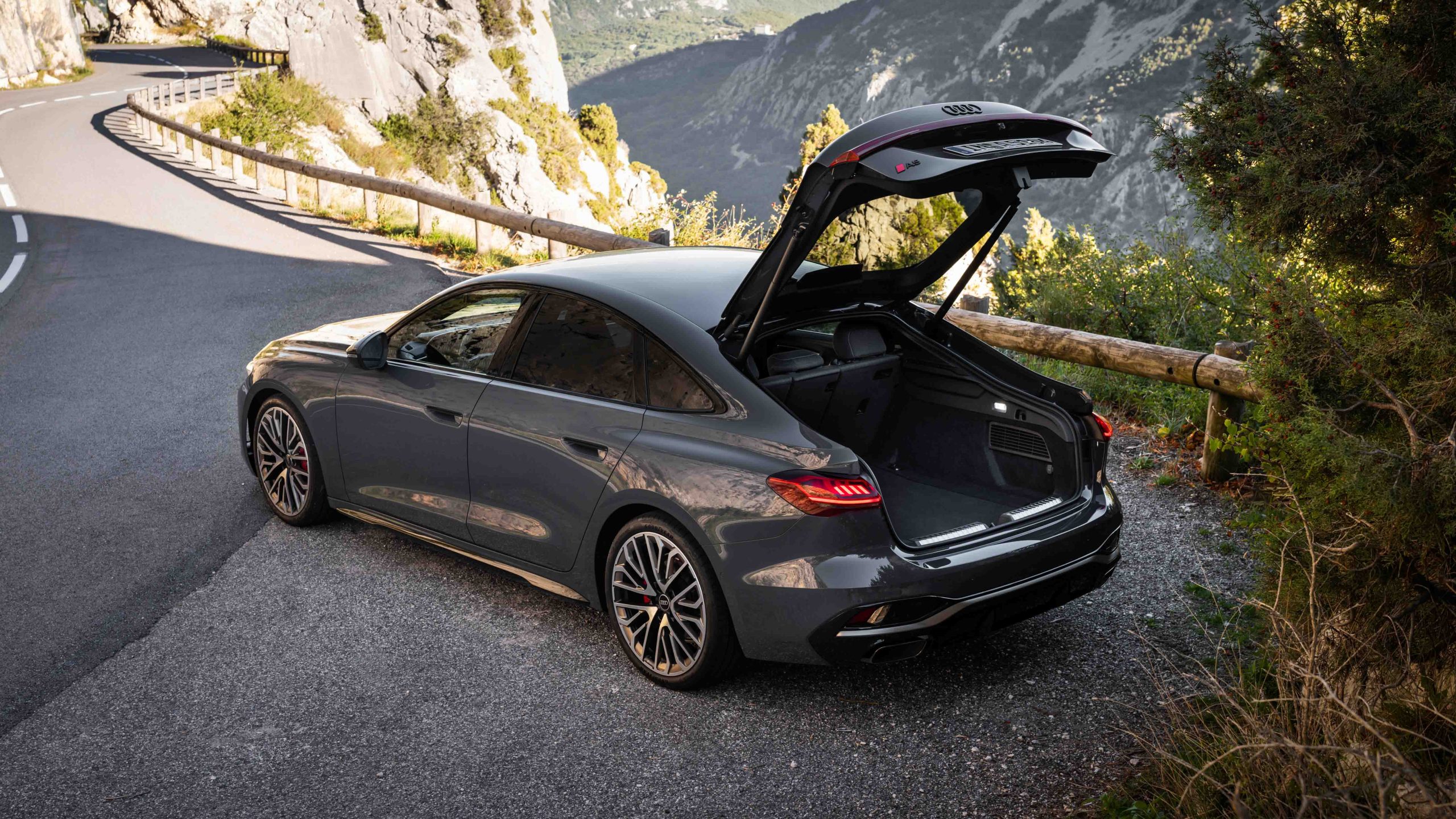
Depending on the market, four powertrains are available with the new A5 from launch: 110kW and 150kW tunes of a 2.0 TFSI petrol engine, a 150kW 2.0 TDI diesel, and the 270kW 3.0 TFSI in the hero S5.
The diesel and 3.0 petrol both get Audi’s new MHEV Plus system, bridging the gap between mild hybrids, regular hybrids and plug-in hybrids (PHEV).
The A5 will get further electrification with the introduction of two PHEV variants next year, in 220kW and 270kW tunes, with an electric range claim of “over 100 kilometres”.
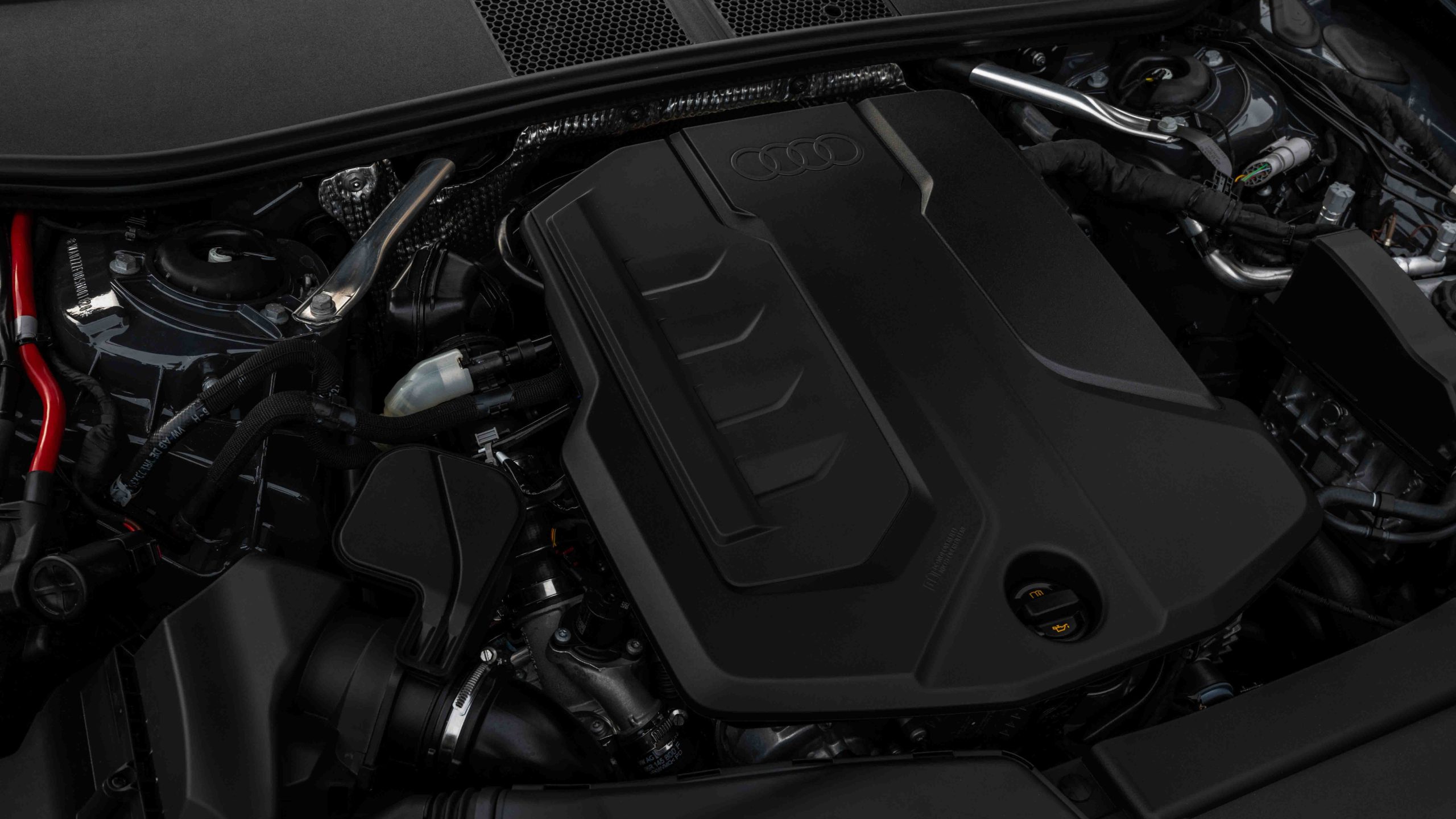
Across the two body styles, and including front-wheel-drive and Quattro all-wheel-drive options, there are 12 variants in the new A5 launch line-up – not including those PHEVs due at a later date, or the eventual RS4 successor we’ve been assured is coming.
Exactly what the Australian line-up will look like is unclear, but the final 2024 model-year update last year included the 110kW 35 TFSI and 183kW 45 TFSI 2.0 turbo petrol models, and the 150kW 40 TDI 2.0 diesel.
It’s likewise unclear how the new models will be priced, but given the current A4 line-up starts more than $10,000 above where its 2020 facelift began, buyers can likely expect a sizeable leap in price for the bigger and more advanced new model.
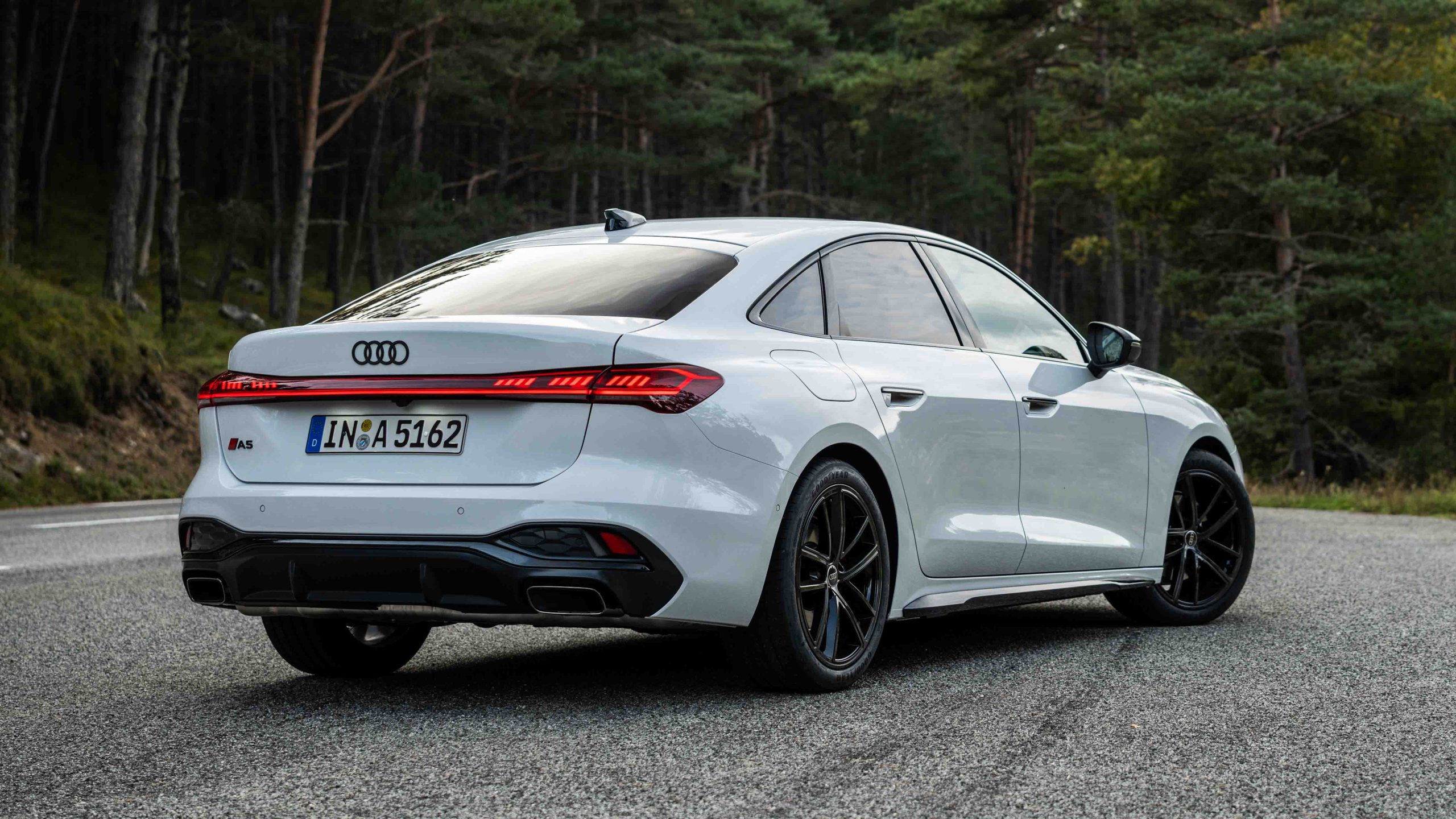
As a snapshot of the outgoing lineup, the current B9 generation in 2024 trim ranges from $68,900 for the entry front-driven Sedan 35 TFSI S Line through to $113,215 list for the Avant 3.0 TFSI Quattro.
To see if the new A5 is worth your spend, we took the TFSI 150kW petrol model out for a long winding drive from Nice to the town of Gréolières and its surrounding mountain roads, in southeastern France, at the model’s global launch program.
This region is famous for having been the picturesque and twisty road of choice for the 1995 James Bond flick, Goldeneye.
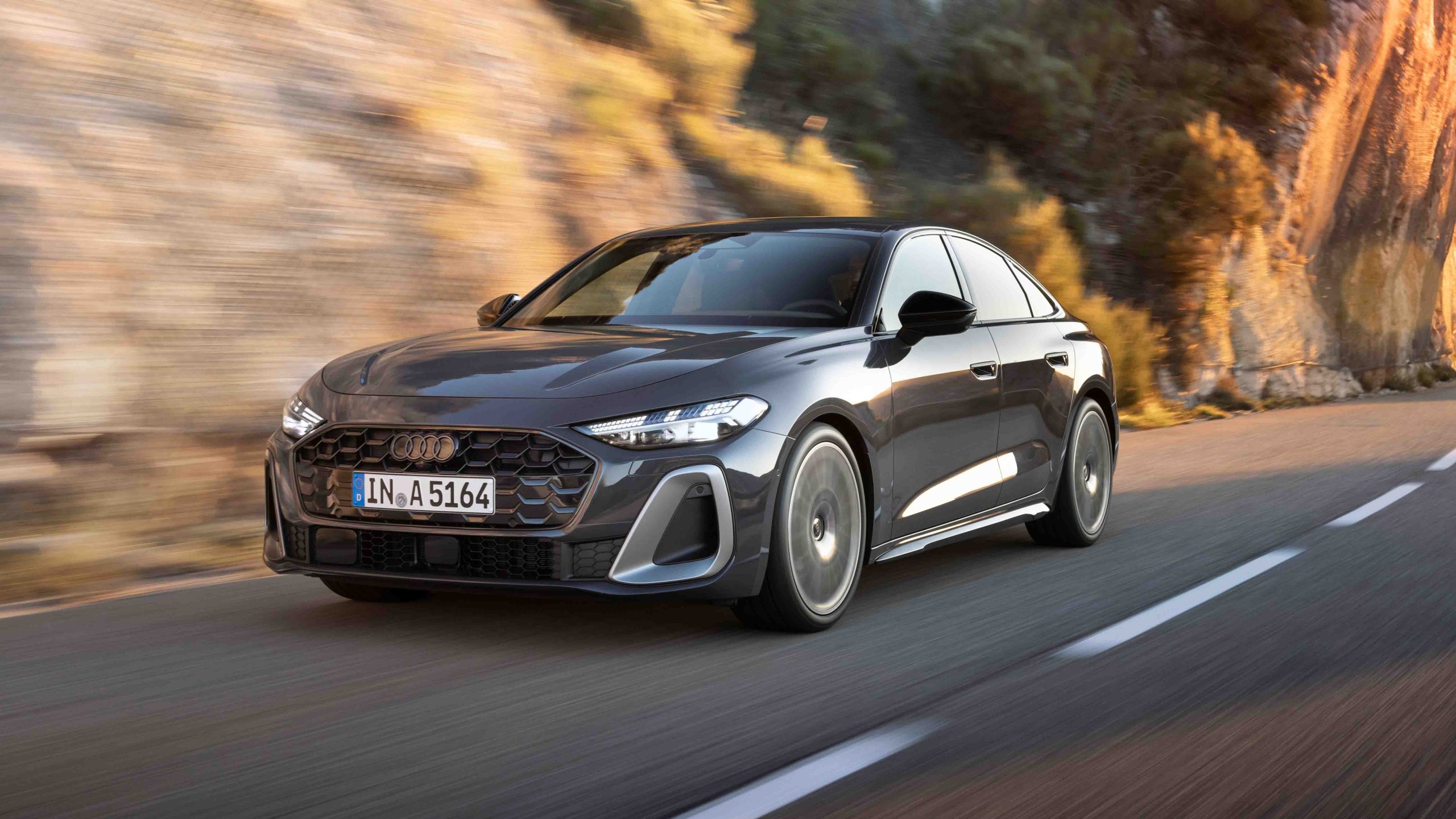
The 2025 Audi A5 is the first model on the new Premium Platform Combustion (PPC) architecture – officially the company’s last-ever combustion setup – just beating out the 2025 Q5 SUV unveiled in September.
Its name might suggest otherwise (in that Audi fashion), but the PPC platform is unrelated to the new Audi-Porsche Premium Platform Electric, being more an evolution of the brand’s MLB evo architecture.
Ride comfort, then, is classic refined Audi, but there’s a more advanced edge here. Despite its big 20-inch wheels wrapped in SuperSport rubber, the strengthened suspension mounts and adaptive dampers fitted to all S Line models – and likely all Australian-delivered cars – does much to keep our tester composed in Comfort mode.
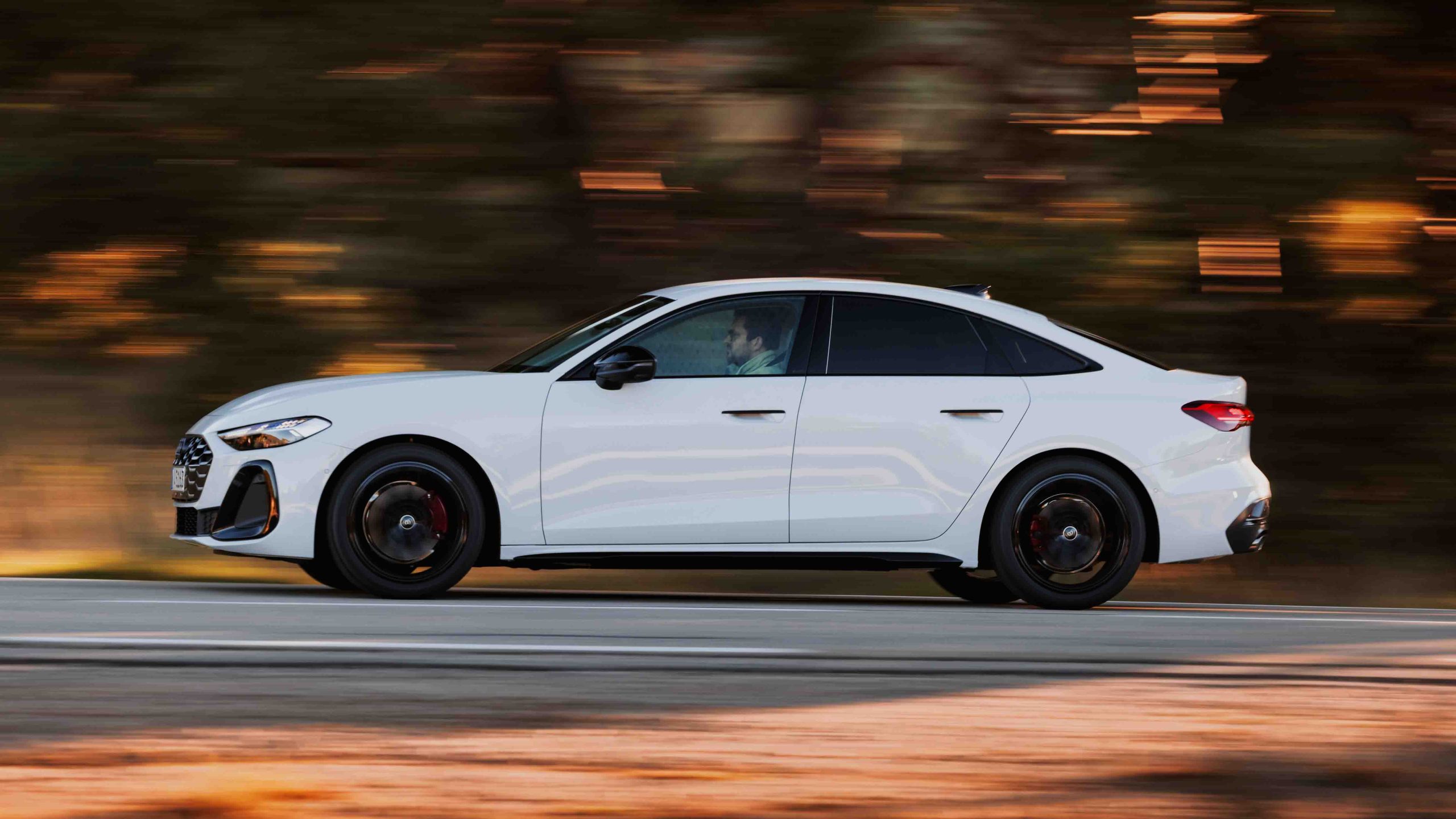
We did have to go hunting for holes and undulations on these envy-inducing roads, but the experience suggests good things for less spoiled Aussie motorists.
All models are equipped with Audi’s Quattro Ultra tech that adds sensors to detect changes in the road conditions and “adapt instantaneously, transferring the exact amount of torque and power” as needed.
It can be hard to know in the moment where the mechanical mastery ends and silicon sorcery starts, which we suppose is testament to the wizardry.
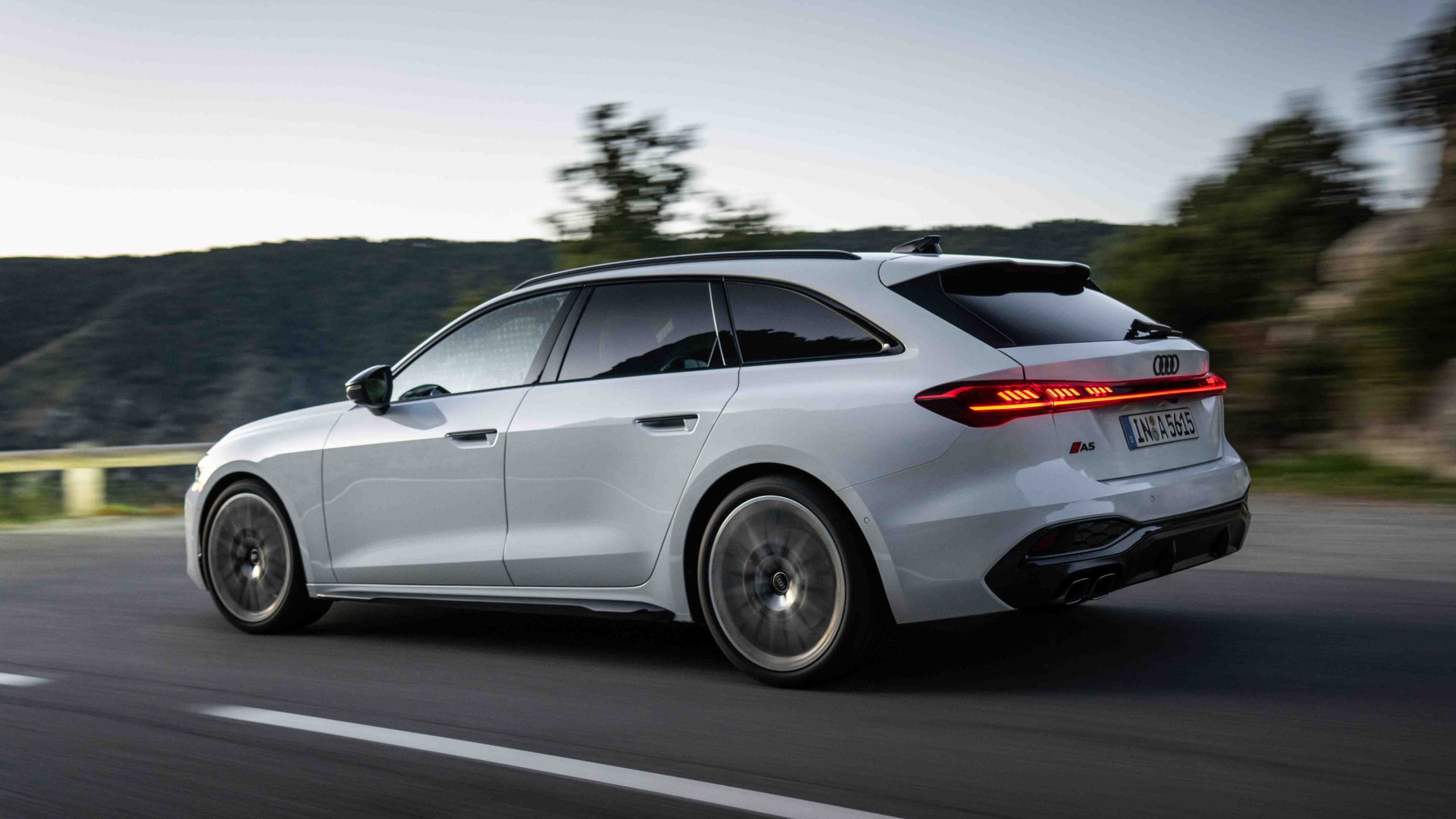
Handling is likewise a step above the outgoing A4, despite this new model being a markedly bigger beast.
Although the regular A5 and S Line models go without the new brake torque vectoring system that’s standard fit in the S5, and thus miss out on some next-level resistance to understeer, the new model’s overall overhaul of suspension and steering has done good things.
Sitting 20mm lower on its standard sports suspension and dialled to Sport mode, our 150kW A5 S Line shows remarkably little body roll as we hook into and tear out of each tight corner these narrow roads offer, quickly composing itself for the next turn only metres ahead.
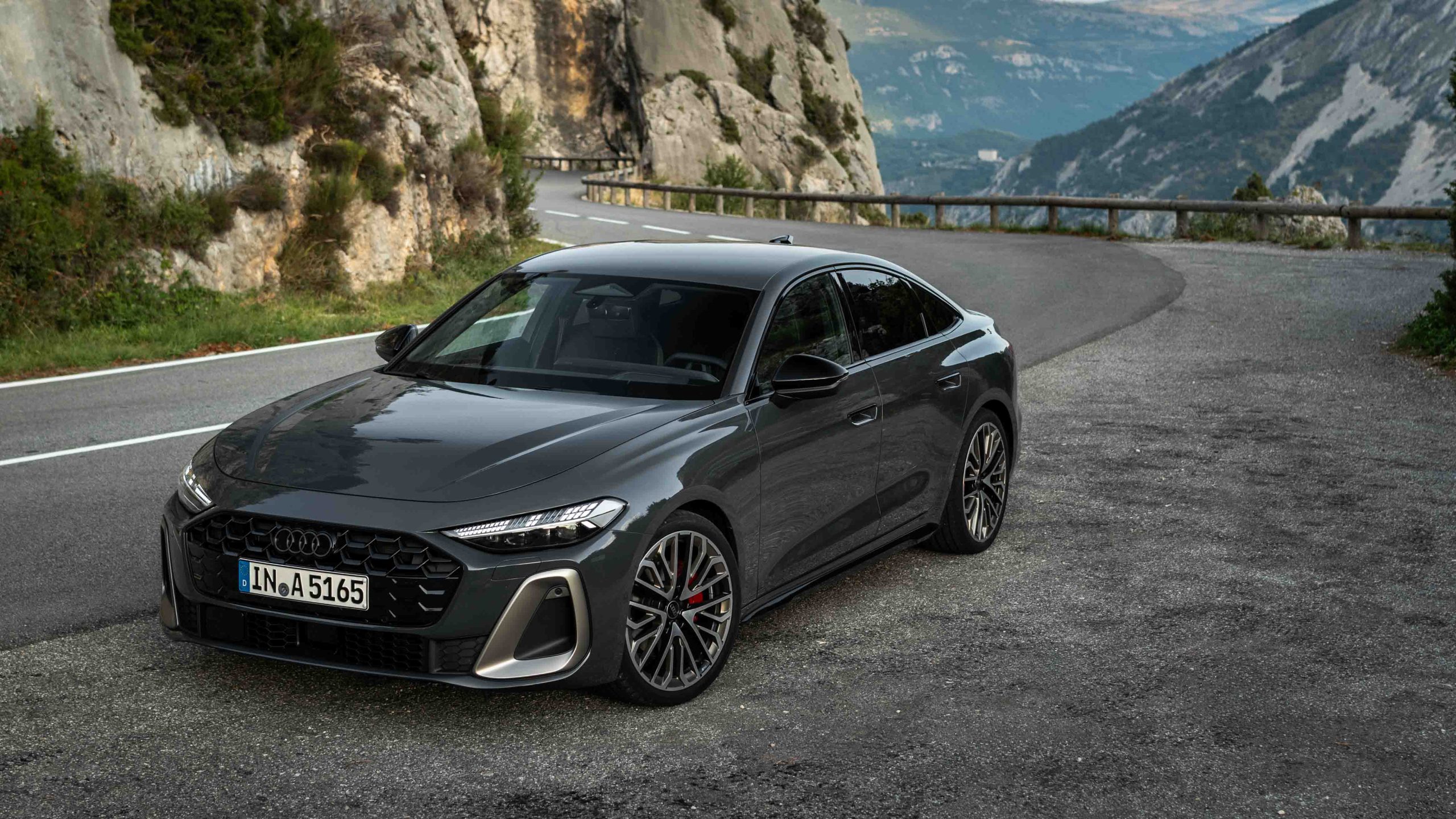
It’s only a shame that neither of the 2.0-litre petrol models benefit from the new MHEV Plus system, because those that do – the 2.0 diesel and 3.0 six in the S5 – gain Audi’s new ‘Powertrain Generator’, adding a further 18kW of power in driving.
It’d make a welcome boost towards the 183kW 45 TFSI model available in the outgoing range, without the emissions hit that would come from a conventional power tune.
That said, the 150kW tune hardly feels lethargic – even despite being the sort of power you’d see in a Golf GTI of 2005 vintage! It delivered a spirited outing for our first drive, and very few buyers will be likely to ask more of it than we did.
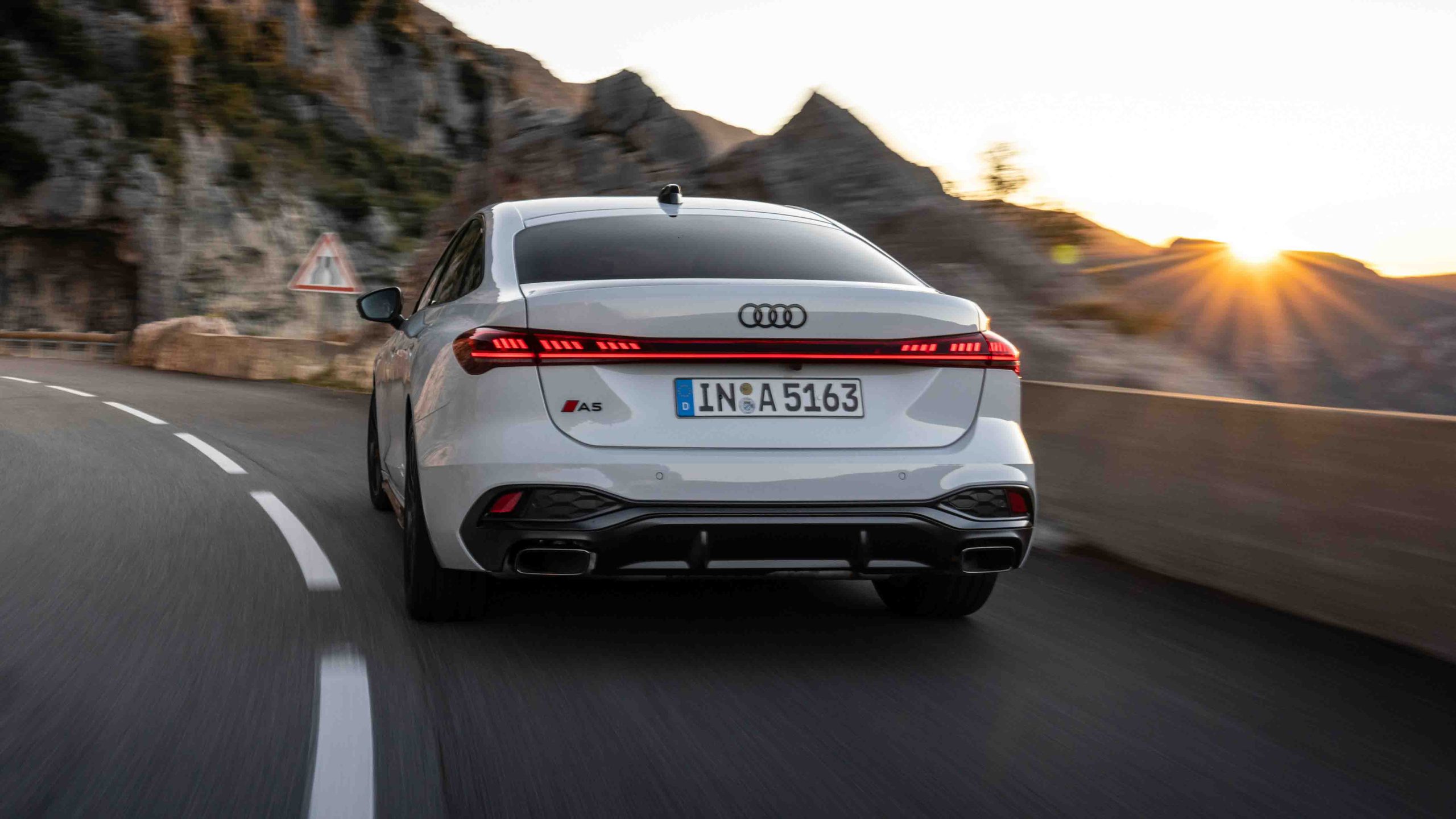
To answer the question posed, we’ll need to spend more time with the new A5 on local roads and in whatever specification Audi Australia decides to offer it in when the B10 lineup arrives locally in Q1 of 2025.
Until then, however, signs are good that this final combustion platform is a good thing for Audi and those buyers not ready to cross the line into an EV.
About Chasing cars
Chasing Cars reviews are 100% independent.
Because we are powered by Budget Direct Insurance, we don’t receive advertising or sales revenue from car manufacturers.
We’re truly independent – giving you Australia’s best car reviews.
The estimate provided does not take into account your personal circumstances but is intended to give a general indication of the cost of insurance, in order to obtain a complete quote, please visit www.budgetdirect.com.au. Estimate includes 15%^ online discount.
^Conditions Apply
Budget Direct Insurance arranged by Auto & General Services Pty Ltd ACN 003 617 909(AGS) AFSL 241 411, for and on behalf of the insurer, Auto & General Insurance Company Limited(ABN 42 111 586 353, AFSL 285 571).Because we don’t know your financial needs, we can’t advise you if this insurance will suit you. You should consider your needs and the Product Disclosure Statement before making a decision to buy insurance. Terms and conditions apply.
Indicative quote based on assumptions including postcode , 40 year old male with no offences, licence suspensions or claims in the last 5 years, a NCD Rating 1 and no younger drivers listed. White car, driven up to 10,000kms a year, unfinanced, with no modifications, factory options and/or non-standard accessories, private use only and garaged at night.
^Online Discounts Terms & Conditions
1. Discounts apply to the premium paid for a new Budget Direct Gold Comprehensive Car Insurance, Third Party Property Only or Third Party Property, Fire & Theft Insurance policy initiated online on or after 29 March 2017. Discounts do not apply to optional Roadside Assistance.
2. Discounts do not apply to any renewal offer of insurance.
3. Discounts only apply to the insurance portion of the premium. Discounts are applied before government charges, taxes, levies and fees, including instalment processing fees (as applicable). The full extent of discounts may therefore be impacted.
4. We reserve the right to change the offer without notice.